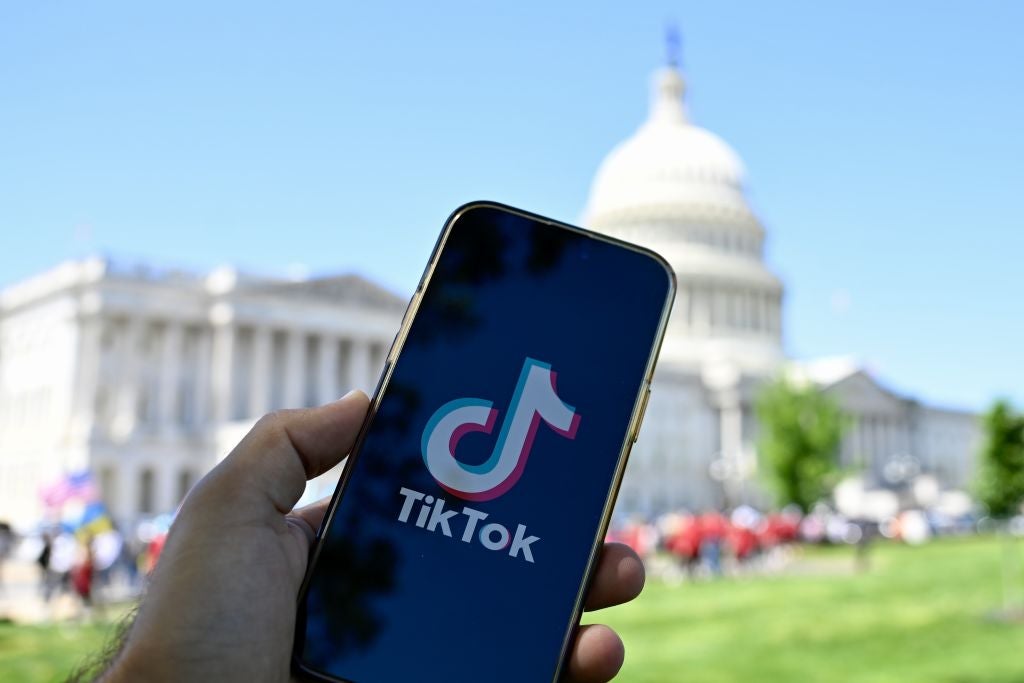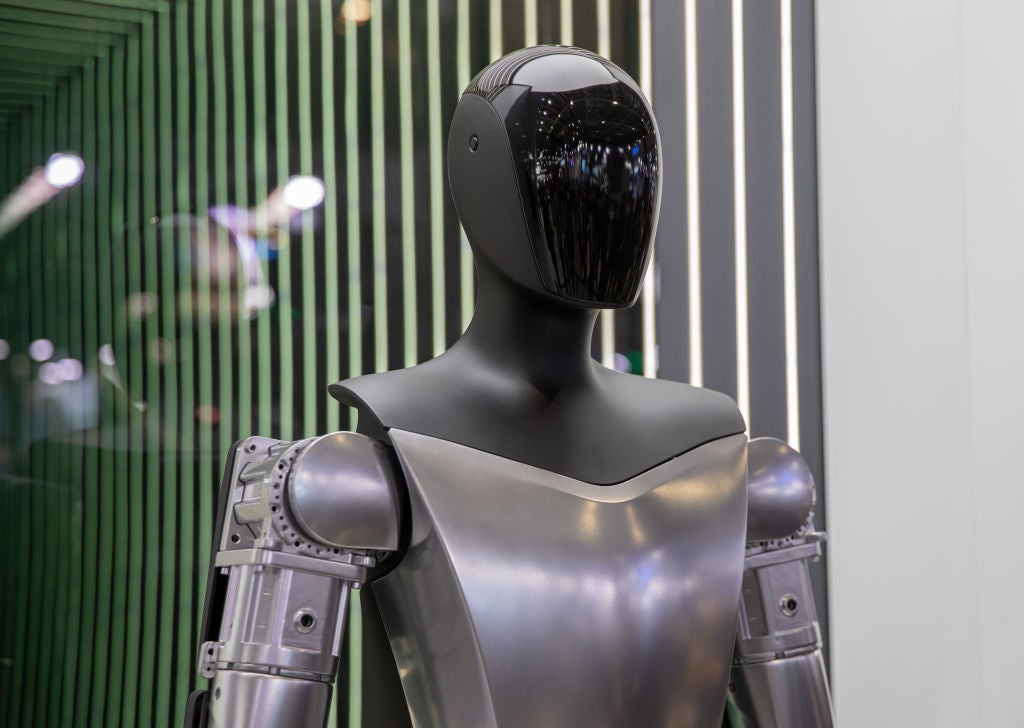
With fears of planes falling out of the sky and entire computer systems shutting down, the millennium bug is now widely regarded as the product of media scaremongering. However, Japan could face a similar situation when the current emperor abdicates next year.
Akihito is the current Emperor of Japan and has been since 1989. However, in December last year the Japanese Government announced that he would be abdicating in April 2019 due to his age and declining health. An abdication has not occurred in Japan since 1817.
Japan’s official calendar is divided into eras that correspond to the reigning emperor. The current era is the Heisei Era, and the succession of Akihito’s son Naruhito to Japan’s Chrysanthemum Throne will mark the start of a new era.
The problem arises due to the fact that Akihito’s reign has spanned the majority of the modern internet era. This means that computer systems are designed to work with dates from this era, making it possible that the transition could cause them to malfunction.
Japanese domestic and international affairs expert Anne-Léonore Dardenne told Digital Trends that the switchover could affect government administration in Japan:
“The record of tax payments could be problematic, as well as the printing of the Jūminhyō, a registry of current residential addresses maintained by local governments. It might also be impossible to withdraw money from ATMs. The Japanese calendar is used in almost every official document.”
How well do you really know your competitors?
Access the most comprehensive Company Profiles on the market, powered by GlobalData. Save hours of research. Gain competitive edge.

Thank you!
Your download email will arrive shortly
Not ready to buy yet? Download a free sample
We are confident about the unique quality of our Company Profiles. However, we want you to make the most beneficial decision for your business, so we offer a free sample that you can download by submitting the below form
By GlobalDataAccording to The Guardian, some organisations are tackling the problem by continuing to use the old era name. The country’s national tax agency, for example, is considering continuing Heisei dates after the switchover to avoid problems with tax payments.
It could be similar to the millennium bug
The situation is reminiscent of a similar problem encountered by those following the Gregorian Calendar back in 2000. The ‘millennium bug’ or Y2K, happened because it was thought that many computer systems, programmes and electronically controlled equipment would be unable to perform correct calculations involving dates that fell after 31 December 1999. This was because many programmers represented dates using only their last two digits, meaning the four-digit change that happened at the turn of the century could cause computer clocks to revert back to 1900, with the potential to cause software and hardware failures.
Fortunately, very few computer failures were reported when the clocks rolled over into 2000.
Microsoft and Unicode have issued warnings
Microsoft has addressed the issue in a statement, and has announced that the Windows 10 Spring Release will include ‘a registry entry with placeholder information, a software update intended to help users discover any software problems caused by the era change’.
The tech giant has warned that solutions to the potential issues caused by the era change will need to be implemented before March 2019 as ‘after the era has changed it will be too late to test for compatibility problems’.
The Unicode Consortium, an international standards organisation responsible for a system of representing text, has also issued a statement saying that the new Japanese era name, which won’t be released until February, could cause problems. The new era name will mean that data files and charts will need to be adjusted for the addition of a new character. Until it knows the character, it cannot prepare or write the code needed for the change.
How likely is it to happen?
The situation is complicated by the fact that the name of Naruhito’s era has not yet been officially announced, making it difficult to test how software will cope in advance. Solutions for potential problems caused by the new millennium in the run up to the year 2000 were in development several years prior, meaning that it may be difficult to test out how systems will respond to the era change.
Although with hindsight it may seem that fears over the millennium bug were unfounded, it was in fact due to carefully devised solutions from programmers and governments that technological havoc was avoided.
It is also worth noting that Y2K did not pass without any mishaps. Minor bugs included the US Naval Observatory website reporting the date as 19100, a system collecting flight information in Japan failed and a district court in South Korea summoned people to court for a hearing in 1900.
Therefore, the new era may bring with it some glitches, even if they are not on a national or international scale.







